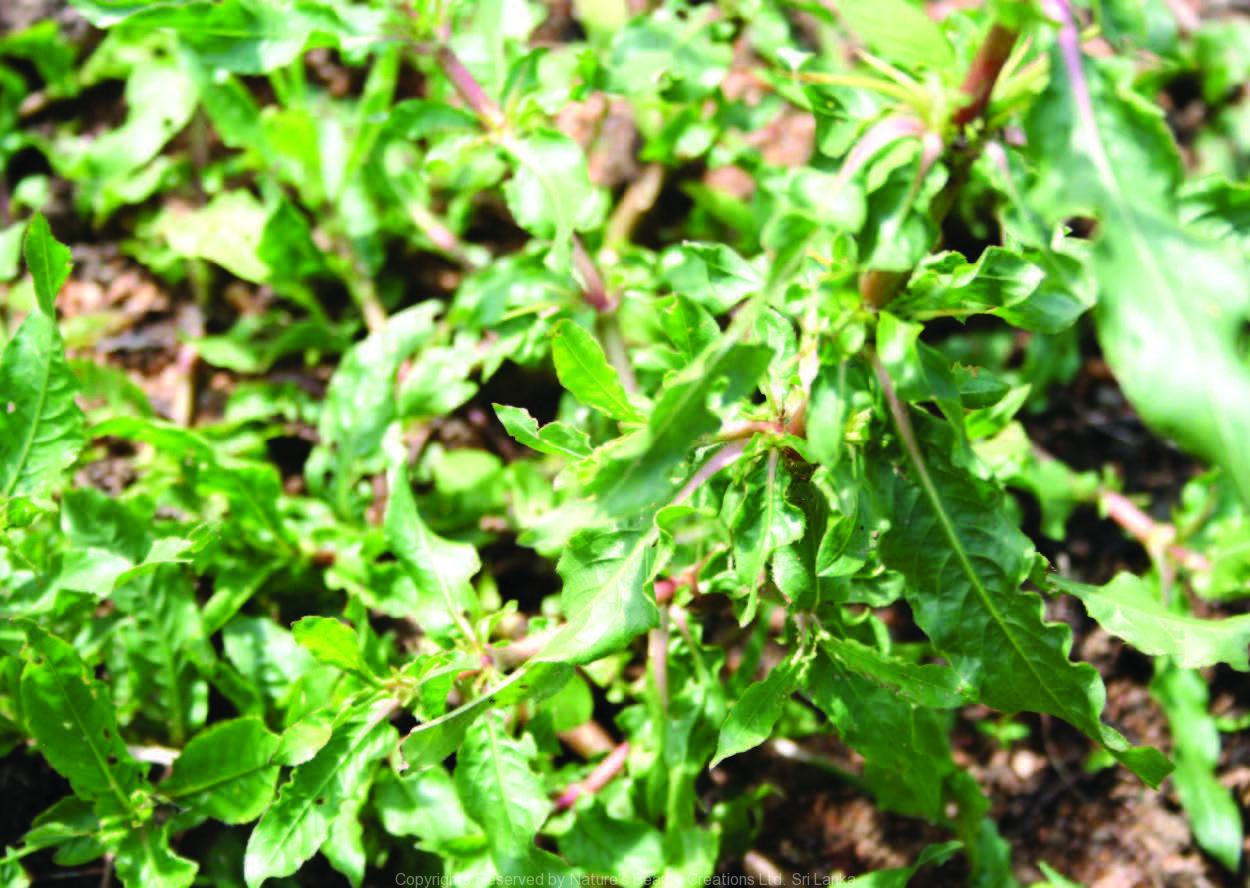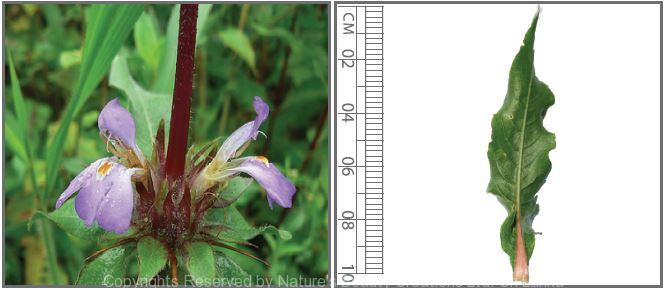

Traditional Knowledge
Useful plant parts :
Whole plant, leaf, seed and root
Uses in traditional medicine :
- Leaf salad is used for kidney stones
- Powdered, burnt plant is mixed with oil and rubbed for swollen legs
- Decoction of the root is given as a diuretic, for kidney stones, hepatic derangement and acts as an antidysenteric agent
- Burnt ashes mixed with cow urine is given for oedema and dropsy
- One spoonful of seed extract taken for 15 days will cure sexual weaknesses
Scientific Research
Chemical constituents:
Fatty acids: palmitic, stearic, oleic, linoleic acids and uronic acid from seed oil; flavonoids: apigenin derivatives from flowers; terpenes: lupeol, betulin and stigmasterol from plant
Bioactivity :
Alcohol extracts of plant: antioxidative, inhibits gentamicin induced proximal tubular necrosis; aqueous extract of roots: hepatoprotective; petroleum ether exract of roots: antitumour
Clinical:
Note :
Leaves are used as a vegetable
References : Bibu, K. J. et al., (2010), Therapeutic effect of ethanolic extract of Hygrophila spinosa T. Anders on gentamicin-induced nephrotoxicity in rats, Indian Journal of Experimental Biology, 48(9), 911-917. Dighe, P. et al., (2011), In vitro Antioxidant potential and estimation of total phenolic contents from leaves of Hygrophila schulli (Buch.Ham), Inventi impact: Planta active. Kshirsagar, A. D. et al., (2010), Hygrophila spinosa: A comprehensive review, Pharmacogn Rev, 4(8), 167-171. Mazumdar, U. K. et al., (1997)., Antitumor activity of Hygrophila spinosa on Ehrlich ascites carcinoma and sarcoma-180 induced mice, Indian J Exp Biol, 35(5), 473-7. Usha, K. et al., (2007), Hepatoprotective effect of Hygrophila spinosa and Cassia occidentalis on carbon tetrachloride induced liver damage in experimental rats, Indian J Clin Biochem, 22(2), 132-5.
Copyrights Reserved By
Natures Beauty Creations




